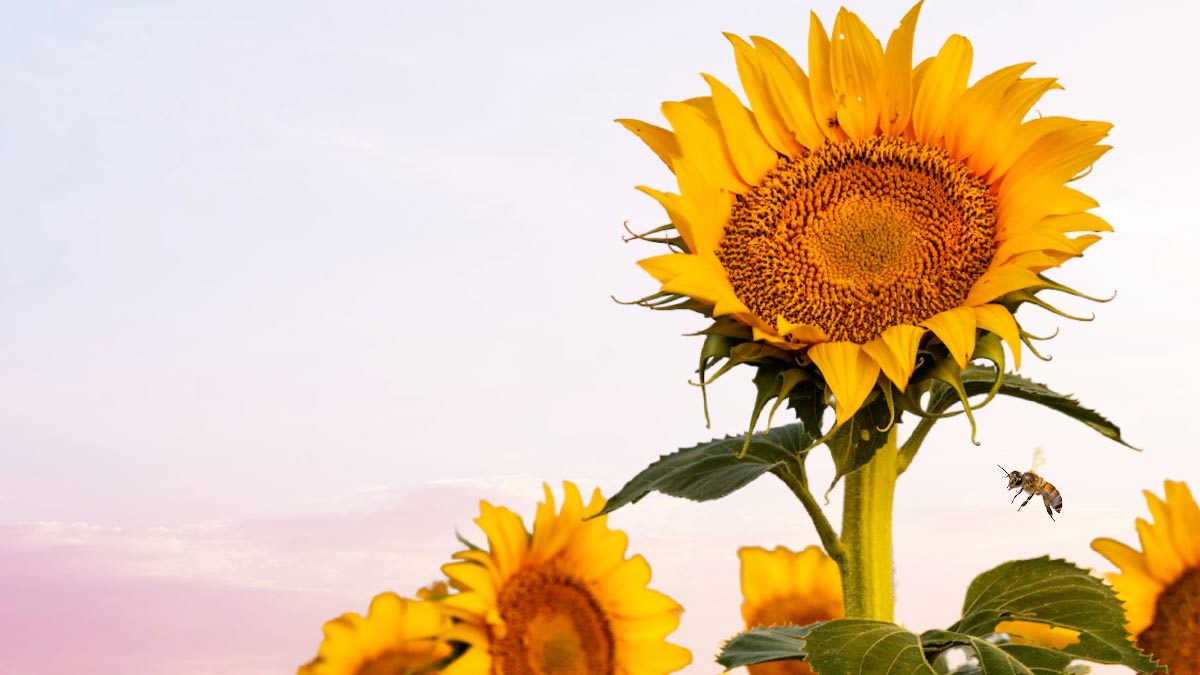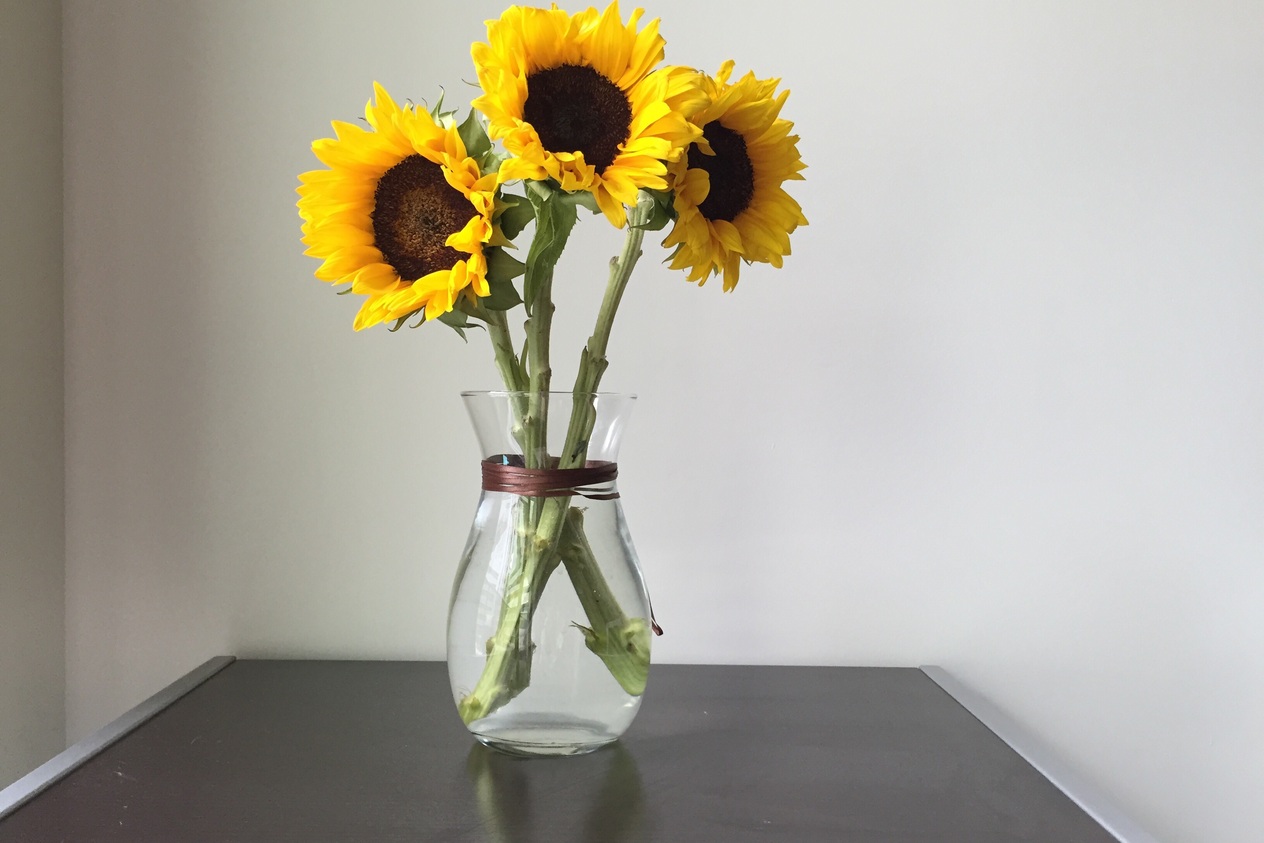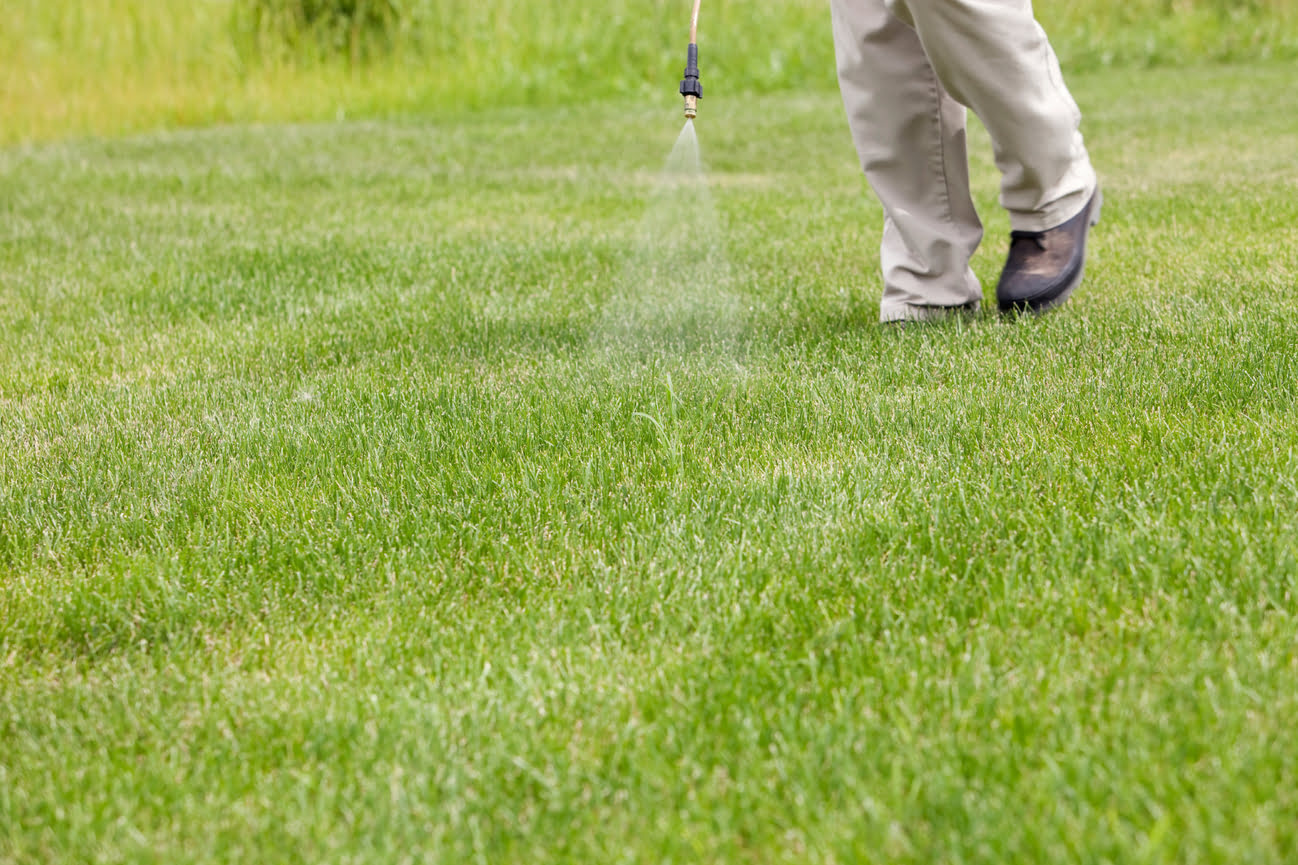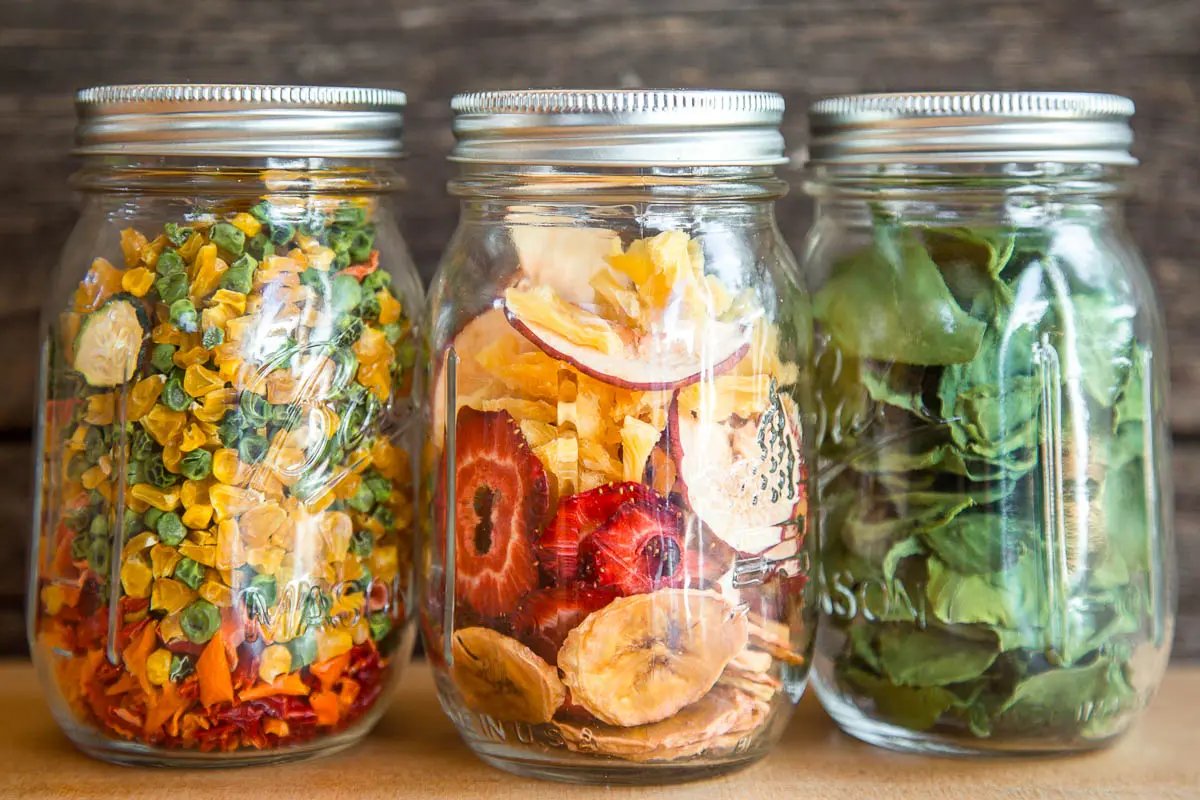Home>Types of Gardening>Ornamental Gardening>How Long Do Seeds Last For Planting
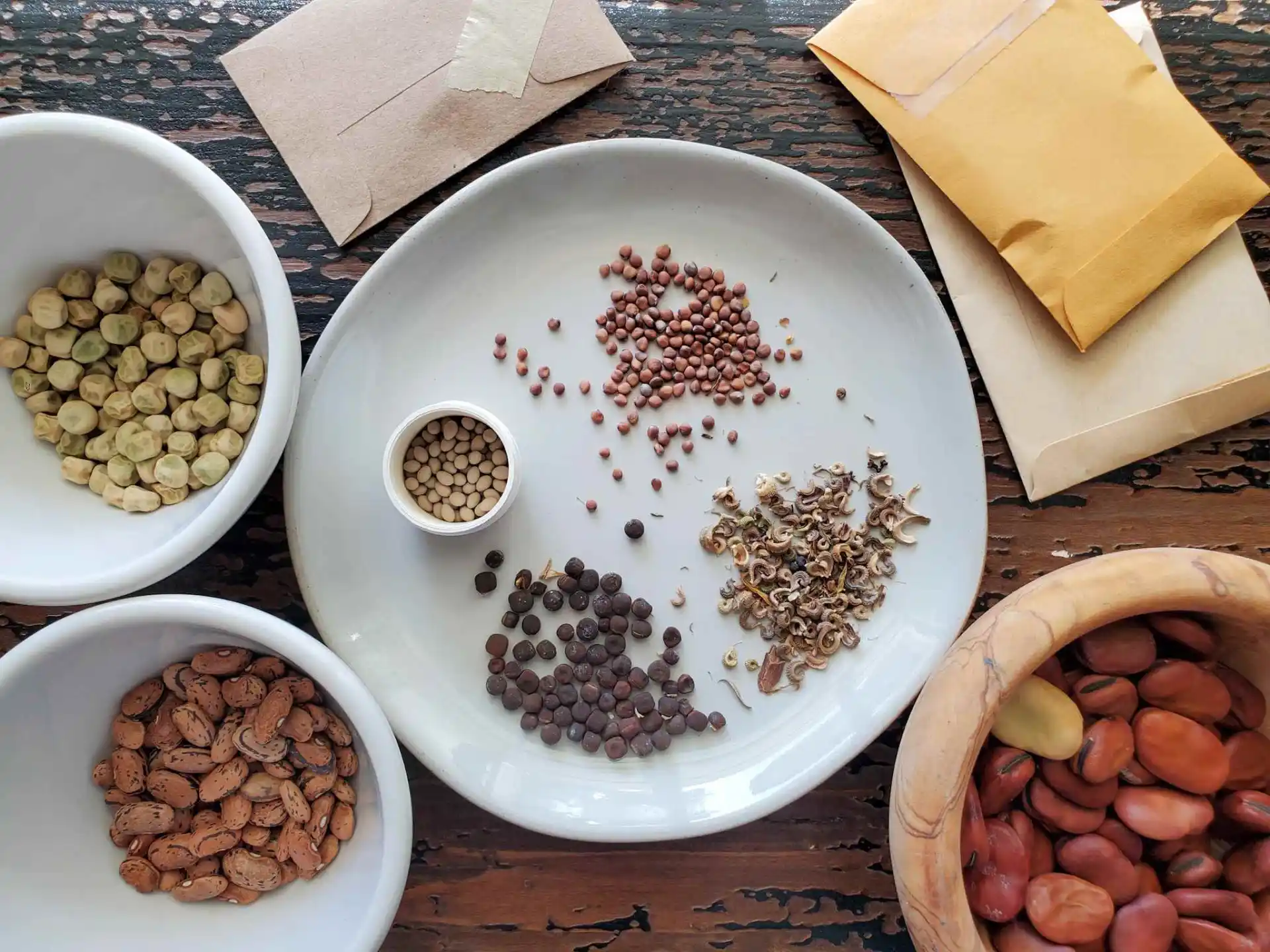

Ornamental Gardening
How Long Do Seeds Last For Planting
Modified: January 22, 2024
Discover how long seeds last for planting in your ornamental gardening endeavors and make the most of your seed collection. Start growing with confidence!
(Many of the links in this article redirect to a specific reviewed product. Your purchase of these products through affiliate links helps to generate commission for Chicagolandgardening.com, at no extra cost. Learn more)
Table of Contents
Introduction
Welcome to the world of ornamental gardening, where beauty and creativity come together to transform outdoor spaces into stunning displays of nature’s wonders. Whether you have a sprawling garden or a cozy balcony, ornamental gardening allows you to create a personal sanctuary filled with color, fragrance, and visual delights.
Ornamental gardening goes beyond simply planting flowers and shrubs; it involves the careful selection and arrangement of plants, as well as the artful use of hardscaping elements such as statues, pathways, and water features. The result is a harmonious blend of nature and design that reflects your unique style and personality.
In this comprehensive guide, we will explore the various aspects of ornamental gardening, including choosing the right plants, creating stunning plant combinations, and maintaining a healthy and thriving garden throughout the seasons. We will delve into the world of annuals, perennials, bulbs, and shrubs, uncovering their characteristics, growing requirements, and how best to showcase their beauty in your garden.
Not only will we cover the practical aspects of ornamental gardening, but we will also explore the creative side, including tips on color theory, plant textures, and creating focal points to draw the eye and create visual interest. Additionally, we will discuss the importance of considering different garden styles and themes, such as cottage gardens, formal gardens, or tropical paradises, to create a cohesive and enchanting outdoor space.
Whether you are a seasoned gardener looking to take your ornamental garden to the next level or a beginner eager to dive into the world of gardening, this guide will provide you with the knowledge and inspiration you need to create your own stunning oasis. So, let’s get started and embark on a journey that will bring joy, tranquility, and beauty into your life through the art of ornamental gardening.
Factors Affecting Seed Longevity
When it comes to gardening, one of the most important factors to consider is the longevity of seeds. The ability of seeds to remain viable and successfully germinate plays a crucial role in the success of your garden. Understanding the factors that affect seed longevity can help you make informed decisions about seed selection and storage.
One of the primary factors affecting seed longevity is moisture. Excessive moisture can lead to seed deterioration and the growth of mold or bacteria, which can ultimately render the seeds unviable. It is essential to store seeds in a dry environment, such as an airtight container or a seed packet with silica gel packets to absorb moisture.
Temperature is another critical factor. Seeds that are exposed to extreme temperatures, whether hot or cold, may experience a decrease in viability. Ideally, seeds should be stored in a cool, dry place, away from direct sunlight and fluctuating temperatures. A temperature range of 40-50 degrees Fahrenheit (4-10 degrees Celsius) is considered optimal for seed storage.
Light can also affect seed longevity. Some seeds are sensitive to light and may lose viability if exposed to prolonged or intense light. These seeds should be stored in opaque containers or envelopes to provide proper darkness during storage. However, it’s important to note that not all seeds are light-sensitive, so it’s essential to research and understand the specific requirements of the seeds you are working with.
In addition to external factors, the inherent characteristics of the seeds themselves can also influence their longevity. Some seeds have a natural dormancy period, which allows them to stay dormant until conditions are favorable for germination. This dormancy can prolong the seed’s viability, as it is protected from external factors during this period. Other seeds, especially those with a thin seed coat, may have a shorter lifespan and may require immediate planting or specialized storage techniques.
Furthermore, the age of the seeds is also a factor to consider. As seeds age, their viability naturally decreases. However, proper storage conditions can help slow down this process, allowing seeds to remain viable for a longer period.
By understanding the factors that influence seed longevity, you can take proactive steps to ensure the viability of your seeds for successful germination. Investing in quality seeds, providing proper storage conditions, and following recommended guidelines for each specific seed type can greatly improve your chances of a thriving garden.
Storage Conditions for Maximum Seed Longevity
Proper storage conditions play a crucial role in maximizing the longevity of seeds. By providing the ideal environment for seed preservation, you can ensure that your seeds remain viable and ready for successful germination when the time comes. Here are some key storage conditions to consider:
- Temperature: Seeds should be stored in a cool and dry place to maintain their viability. A temperature range of 40-50 degrees Fahrenheit (4-10 degrees Celsius) is optimal for most seeds. Avoid exposing them to extreme temperatures, as this can lead to a decrease in viability. Additionally, temperature fluctuations should be minimized to prevent stress on the seeds.
- Humidity: Moisture is one of the greatest enemies of seed longevity. Ensure that the storage environment has low humidity levels to prevent seed decay or the growth of mold and fungi. Using airtight containers, such as glass jars or sealed plastic bags, can help maintain an optimal humidity level.
- Light: Some seeds are sensitive to light and can lose viability if exposed to prolonged or intense light. Store light-sensitive seeds in opaque containers or envelopes to protect them from light. Alternatively, you can choose seed packets that are specifically designed to block out light and provide a dark storage environment.
- Air Circulation: Good air circulation is essential to prevent the buildup of moisture around the seeds. Opt for breathable containers or seed packets that allow for proper airflow while still maintaining seed integrity and protection.
- Pest Control: Insects and rodents can be harmful to stored seeds. Ensure that the storage area is clean, free from pests, and properly sealed to prevent any unwanted visitors from compromising the quality of your seeds. Using natural repellents, such as herbs with strong scents, can help deter pests.
- Labeling and Organization: Properly labeling and organizing your seed storage is crucial for easy identification and efficient usage. Use waterproof labels or markers to clearly indicate the seed type, variety, and date of storage. Organize seeds in a systematic manner, such as alphabetically or by planting season, to easily locate and access them when needed.
By following these storage conditions, you can maximize the longevity of your seeds and increase the chances of successful germination. Remember to regularly check stored seeds for any signs of damage or decay and discard any seeds that are no longer viable. By taking care of your seeds in storage, you are setting yourself up for a garden full of beautiful, healthy plants.
Common Vegetable Seeds and Their Average Longevity
When it comes to vegetable gardening, the longevity of seeds is of utmost importance. Knowing how long different vegetable seeds can remain viable allows you to plan your planting schedule and make informed decisions when purchasing or saving seeds. Here are some common vegetable seeds and their average longevity:
- Tomatoes: Tomato seeds can remain viable for up to 6 years if stored properly. They are relatively long-lasting and can be successfully germinated even after a few years.
- Carrots: Carrot seeds have a shorter lifespan and can stay viable for up to 2-3 years. After this period, their germination rates may decrease, so it is advisable to use fresh seeds for best results.
- Lettuce: Lettuce seeds have a moderate longevity of around 3-4 years. However, it is important to note that different lettuce varieties may have varying storage requirements, so it’s best to refer to the specific instructions for each variety.
- Peppers: Pepper seeds can remain viable for approximately 2-3 years. However, some hot pepper varieties may have shorter lifespans. It is recommended to use fresh seeds or conduct a germination test after the second year of storage.
- Zucchini: Zucchini seeds are known for their relatively short viability, lasting around 2-3 years. To ensure a high germination rate, it is advisable to use fresh seeds or conduct a germination test if using older seeds.
- Beans: Bean seeds, including common beans and green beans, can remain viable for 2-4 years if stored properly. However, as the seed ages, the germination rate may decrease, so it’s best to use fresher seeds for optimal results.
- Cucumbers: Cucumber seeds have a shelf life of around 5-6 years if stored in suitable conditions. However, their germination rates may decline after a few years, so it is advisable to use fresh seeds for best results.
- Radishes: Radish seeds are short-lived and can maintain their viability for only 1-2 years. It’s recommended to use fresh seeds or conduct a germination test if using older seeds.
It’s worth noting that these are average longevity estimates, and the actual viability of vegetable seeds may vary depending on factors such as storage conditions, seed quality, and the specific variety. Additionally, some vegetable seeds, such as onions and parsnips, have shorter lifespans and are generally best planted with fresh seeds each year.
To make the most of your vegetable seeds, it is essential to store them properly in dry, cool environments, away from excessive moisture, light, and temperature fluctuations. Regularly test the germination rates of older seeds to ensure their viability, and replace them as needed to achieve the best results in your vegetable garden.
Flower Seeds and Their Average Longevity
Flower seeds bring a burst of color and beauty to any garden, and understanding their average longevity can help you plan your planting schedule and make the most of your floral displays. Different flower seeds have varying lifespans, so it’s important to know how long they can remain viable. Here are some common flower seeds and their average longevity:
- Marigolds: Marigold seeds have a relatively long lifespan and can stay viable for up to 2-3 years. These vibrant flowers are known for their resilience and can often be successfully germinated even after a few years of storage.
- Zinnias: Zinnia seeds have a moderate longevity of around 2-3 years. They are favored for their vibrant colors and can provide a beautiful addition to any garden. It is best to use fresh seeds or conduct a germination test if using older zinnia seeds.
- Petunias: Petunia seeds have a shorter lifespan, typically lasting around 1-2 years. Fresh seeds are recommended for best germination rates. If using older seeds, a germination test can help determine their viability.
- Sunflowers: Sunflower seeds are known for their large, cheerful blooms. They can remain viable for up to 3-4 years if stored properly. However, it’s advisable to use fresher seeds to maximize germination success.
- Lavenders: Lavender seeds can maintain their viability for around 2-3 years. These fragrant flowers are a popular choice for gardeners and can add a touch of elegance and tranquility to any space.
- Poppies: Poppy seeds have a varied lifespan, ranging from 1-3 years depending on the specific variety. Fresh seeds typically yield the best germination results, but older poppy seeds can still have good viability for a few years.
- Cosmos: Cosmos seeds have a moderate longevity of around 2-3 years. These daisy-like flowers are known for their vibrant colors and ability to attract butterflies and bees to the garden.
- Impatiens: Impatiens seeds have a shorter viability period, usually lasting around 1-2 years. Fresh seeds or conducting a germination test are recommended for optimal results.
It’s important to note that seed viability can be affected by various factors, including storage conditions, seed quality, and specific cultivars. To maximize the longevity of flower seeds, store them in a cool, dry place in airtight containers or seed packets. Avoid exposing them to excessive moisture, light, or temperature fluctuations.
Regularly testing the germination rates of older flower seeds can help determine their viability. If the germination rate is low, it may be best to replace them with fresh seeds to ensure successful and abundant blooms in your garden.
Herbs and Their Average Seed Longevity
Herbs not only add flavor and aroma to our cooking but also bring beauty and medicinal properties to our gardens. If you are an herb enthusiast, knowing the average longevity of herb seeds can help you plan your herb garden effectively. Here are some common herbs and their average seed longevity:
- Basil: Basil seeds have a relatively short lifespan and can stay viable for around 1-2 years. Fresh seeds are recommended for optimal germination rates, especially for those seeking a plentiful harvest of this versatile herb.
- Parsley: Parsley seeds have a moderate longevity of approximately 2-3 years. However, fresh seeds are recommended for best results as the germination rate may decline after a couple of years. Regularly sowing fresh parsley seeds can ensure a steady supply of this popular herb.
- Dill: Dill seeds have a slightly longer lifespan compared to some other herbs, typically remaining viable for up to 3-4 years. However, to enjoy a bountiful harvest of this aromatic herb, it is advisable to use fresher seeds or conduct a germination test for older seeds.
- Mint: Mint seeds have a shorter viability period, often lasting around 1-3 years. Mint also has a tendency to hybridize, so using fresh seeds or propagating through root divisions may be a more reliable way to establish new plants.
- Thyme: Thyme seeds can maintain their viability for up to 2-3 years. This herb is known for its versatility in culinary applications as well as its attractive small flowers. Fresh seeds are recommended for more successful germination rates.
- Rosemary: Rosemary seeds have a moderate longevity of approximately 2-3 years. This popular herb is often grown from cuttings or established plants due to its slower growth from seeds.
- Sage: Sage seeds can remain viable for around 1-3 years, depending on storage conditions. Fresh seeds are preferable for better germination rates and establishing strong sage plants.
- Oregano: Oregano seeds have a moderate to long lifespan, lasting up to 3-4 years. Fresh seeds are recommended for higher success rates when growing this flavorful herb.
It is worth noting that these average longevity estimates can vary based on storage conditions, seed quality, and specific herb varieties. To ensure the viability of herb seeds, store them in a cool, dry place away from moisture and light. Consider using airtight containers or seed packets to maintain optimal storage conditions.
Regularly testing the germination rates of older herb seeds can provide insight into their viability. If the germination rate is low, it may be advisable to replace the seeds with fresh ones to ensure a thriving herb garden.
Testing Seed Viability
Testing the viability of seeds is an essential step for gardeners to determine if their stored seeds are still capable of germination. Conducting seed viability tests can help you decide whether to continue using older seeds or invest in fresh ones. Here are a few commonly used methods to test seed viability:
- Germination Test: The most straightforward and popular method is the germination test. Take a sample of seeds from your stored batch, moisten a paper towel or seed starting mix, and place the seeds on it. Keep the paper towel or mix consistently moist and warm for the recommended germination period. After the designated time, count the number of seeds that successfully sprout to calculate the germination rate. If the germination rate is too low, it may be best to replace the seeds with fresh ones.
- Water Float Test: This test is commonly used for larger seeds. Fill a container with water and place your seeds in it. Viable seeds will sink to the bottom, while non-viable ones will float. Discard the floating seeds as they are unlikely to germinate. This test provides a quick indication of seed viability but may not be as accurate as a germination test.
- Seed Tetrazolium Test: The seed tetrazolium test is a more accurate viability test used by professional seed laboratories. It involves treating the seeds with a tetrazolium chloride solution, which causes viable seeds to develop a red color, indicating liveliness. This test requires specific chemicals and knowledge of the procedure, so it is often not practical for home gardeners but may be accessible through local seed testing facilities or agricultural extension offices.
- Commercial Seed Testing: As an alternative, you can send a sample of your seeds to a professional seed testing laboratory for comprehensive viability testing. These facilities have specialized equipment and expertise to provide accurate results. This option is useful for larger-scale or commercial gardeners who rely on seed quality for their operations.
Regardless of the method you choose, it’s important to keep accurate records of the testing process and results. This information will help inform your future seed purchasing and storage decisions. Remember, even if the viability of your stored seeds is low, you may still choose to plant them in larger quantities to compensate for lower germination rates.
Regularly testing seed viability, particularly for older seed batches, ensures that you maximize your chances of successful germination and prevent disappointment in your garden. By knowing the viability of your seeds, you can plan and adjust your planting strategies accordingly, ensuring a more productive and flourishing garden.
Importance of Proper Seed Storage
Proper seed storage is crucial for maintaining the viability and quality of seeds over an extended period. Whether you have purchased seeds or saved them from your own plants, understanding the importance of proper seed storage practices can significantly impact the success of your gardening endeavors. Here are some key reasons why proper seed storage is essential:
- Preserves Seed Viability: Seeds are living organisms that inherently have a limited lifespan. Proper storage conditions, such as controlled temperature and humidity, help slow down the natural deterioration process, preserving the viability of seeds for longer periods. By preserving their viability, you increase the chances of successful germination and a productive garden.
- Protects Against Pests and Diseases: Proper seed storage helps protect seeds from pests such as insects, rodents, and fungi that can damage or eat the stored seeds. Storing seeds in sealed containers or packets with appropriate pest deterrents reduces the risk of infestation and ensures that the seeds remain in optimal condition. This is particularly important if you are saving and storing seeds for multiple seasons.
- Saves Money: Properly storing seeds allows you to maximize their usefulness and avoid unnecessary expenses in purchasing new seeds each season. By extending the lifespan of seeds through proper storage practices, you can save money on seed purchases and utilize the stored seeds efficiently and effectively.
- Preserves Genetic Diversity: Saving and storing seeds from open-pollinated or heirloom varieties contributes to preserving genetic diversity in plants. Proper seed storage protects the genetic integrity of these unique plant varieties, allowing gardeners to continue growing them and sharing seeds with others. This is particularly important in the context of preserving rare or endangered plant species.
- Provides Seasonal Flexibility: Properly stored seeds offer gardeners the flexibility to plant at the appropriate times. By having a stock of viable seeds on hand, you can adapt your planting schedule to the specific requirements of different plant species, seasons, and climate conditions. This flexibility empowers you to make the most of your gardening space and optimize the success of your plants.
- Safeguards Against Seed Shortages: Unexpected events, such as crop failures, natural disasters, or disruptions in seed supply chains, can lead to seed shortages in the market. By preserving and storing seeds, you safeguard yourself against these shortages and maintain your ability to sow and grow the plants you desire, even during challenging times.
By recognizing the importance of proper seed storage and implementing appropriate techniques, you ensure the longevity, quality, and reliability of your stored seeds. Investing time and effort in proper storage practices ultimately leads to more successful gardening experiences, cost savings, and the preservation of valuable plant genetic resources for future generations of gardeners.
Conclusion
Ornamental gardening is a captivating pursuit that allows us to connect with nature, express our creativity, and create beautiful and tranquil spaces. By understanding the factors that affect seed longevity and implementing proper storage techniques, we can maximize the viability of our seeds and set the stage for successful germination and thriving gardens.
Factors such as temperature, humidity, light, and air circulation can significantly impact the lifespan of seeds. By providing seeds with the right conditions, such as cool and dry storage areas, we can extend their viability and increase the chances of successful germination when the time comes to plant. Regularly testing seed viability ensures that we are working with seeds that have high germination rates, eliminating potential disappointment and allowing for more precise planning of our garden projects.
Proper seed storage is not only essential for maintaining seed viability but also for preserving genetic diversity, safeguarding against seed shortages, and saving money in the long run. By storing seeds correctly, we can contribute to the conservation of open-pollinated and heirloom varieties, ensuring their availability for years to come. Additionally, having a stock of viable seeds provides us with flexibility in our gardening endeavors, allowing us to adapt to changing seasons and conditions.
In conclusion, paying attention to seed storage practices is a crucial aspect of ornamental gardening. By investing time and effort into properly storing seeds, we can enjoy the benefits of healthy and thriving gardens, save money, preserve genetic diversity, and have the satisfaction of nurturing plants from seed to maturity. So, let’s embark on our gardening journey with the knowledge and appreciation of the importance of proper seed storage, and watch our gardens bloom with beauty and abundance.
